“On the Spot” backs members of Culture on the Edge into a corner to talk about their backgrounds, their ongoing work, and what might be gained by an alternative understanding of how identity works.
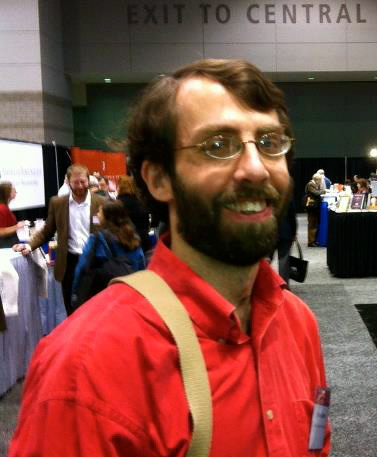 Q: Steven, your early work was interested in a specific group that fell between the way we commonly identify some of the world’s religions, so issues of blurred or ambiguous identity have long been a focus for you. How has this interest changed or developed over the past several years?
Q: Steven, your early work was interested in a specific group that fell between the way we commonly identify some of the world’s religions, so issues of blurred or ambiguous identity have long been a focus for you. How has this interest changed or developed over the past several years?
A: When I began to learn about Sindhi Hindus and their inclusion (typically) of the Guru Granth Sahib within their temples, I assumed that they represented a wonderful example of inter-religious harmony. As I conducted my research, I began to see how my assumptions reflected common definitions that some of them directly rejected, as some Sindhi Hindus specifically argue that the Guru Granth Sahib is a Hindu text. Continue reading “On the Spot with Steven Ramey”

 Okay, I’ll go for a 9/11 post…but I’ll make it quick. I’m seeing a lot of images on Facebook like the one above, posted by friends of various political persuasions. All these friends can appeal to what they have in common, after all–a unifying sense of patriotism and national identity.
Okay, I’ll go for a 9/11 post…but I’ll make it quick. I’m seeing a lot of images on Facebook like the one above, posted by friends of various political persuasions. All these friends can appeal to what they have in common, after all–a unifying sense of patriotism and national identity.  In a recent New York Times
In a recent New York Times  In 2008 I took a small group of undergraduate students from our Department at the University of Alabama to
In 2008 I took a small group of undergraduate students from our Department at the University of Alabama to 
 Q: Identity and identification are words the members of Culture on the Edge are using to stand in for two different, and likely opposed, scholarly approaches to the study of who we see ourselves and others as being; whereas the first presumes a stable inner quality or sentiment only later projected outward into the public world, the latter starts with a series of public practices and social situations that are eventually interiorized. In your own research specialty – Hip Hop culture and rap music in particular, but also the wider field of the study of African American religion — can you illustrate the difference between these two approaches?
Q: Identity and identification are words the members of Culture on the Edge are using to stand in for two different, and likely opposed, scholarly approaches to the study of who we see ourselves and others as being; whereas the first presumes a stable inner quality or sentiment only later projected outward into the public world, the latter starts with a series of public practices and social situations that are eventually interiorized. In your own research specialty – Hip Hop culture and rap music in particular, but also the wider field of the study of African American religion — can you illustrate the difference between these two approaches? 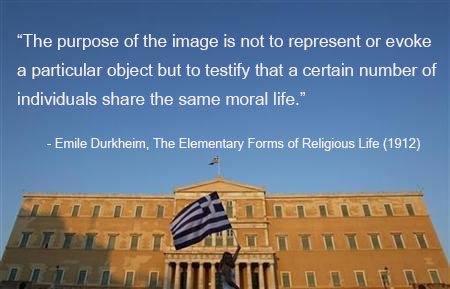 Read
Read 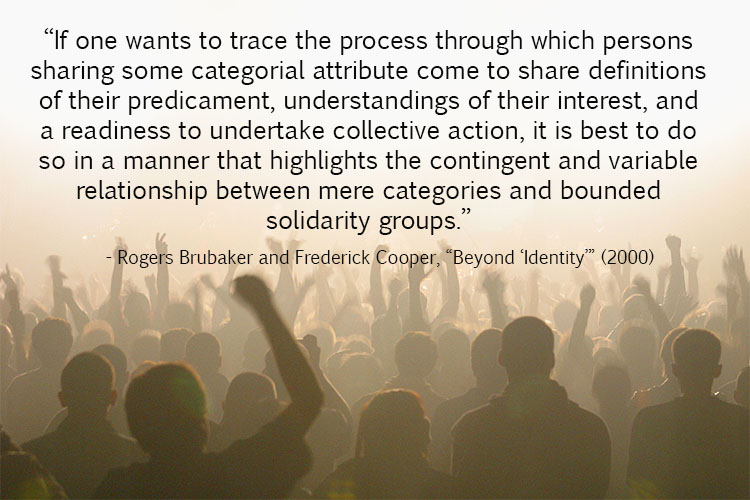 Read
Read 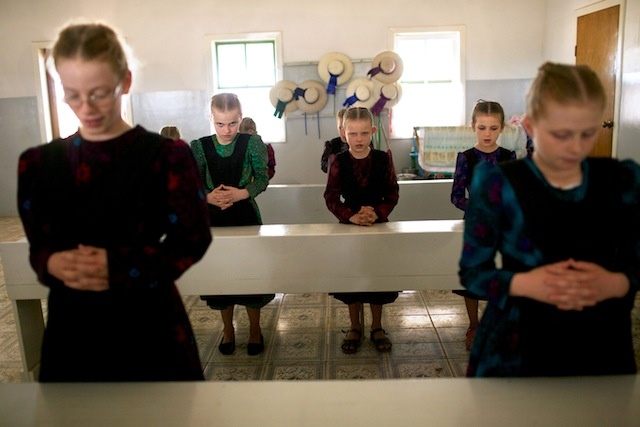 In “
In “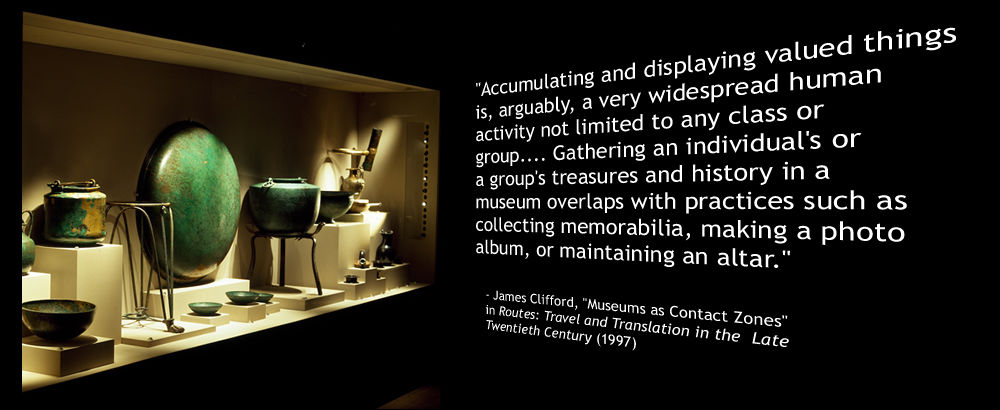 Question: does the display merely exhibit the value or constitute something as treasure?
Question: does the display merely exhibit the value or constitute something as treasure?